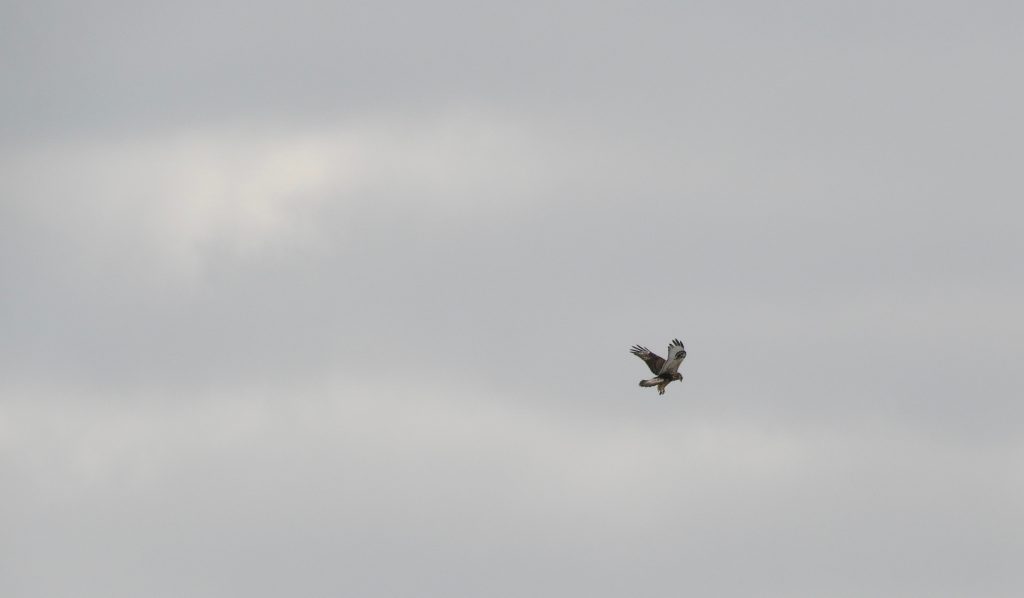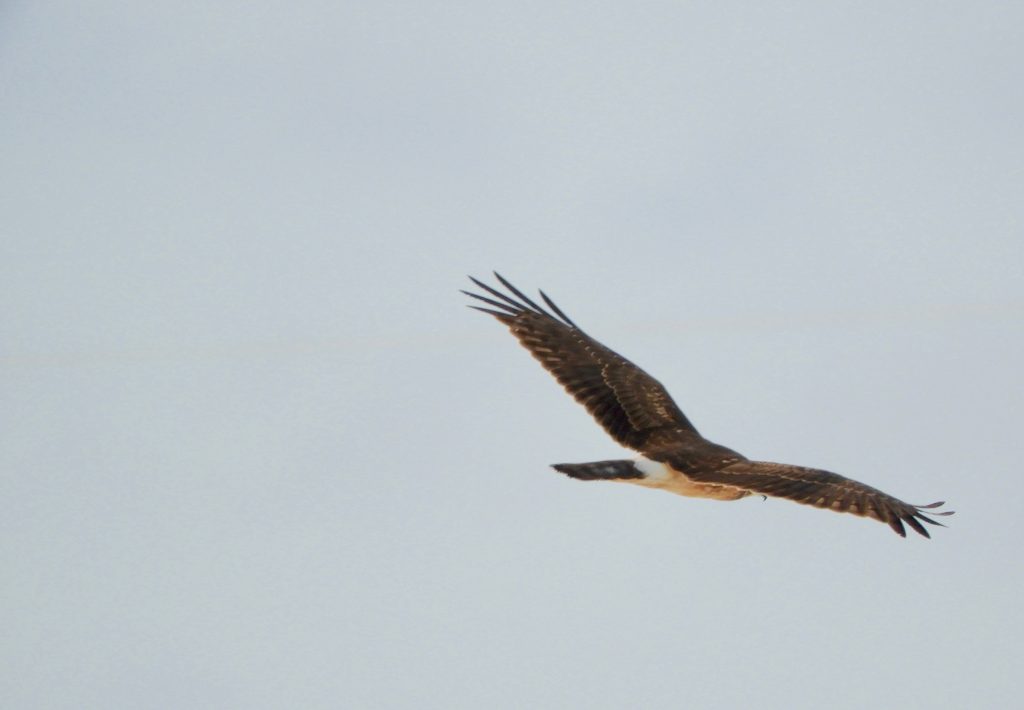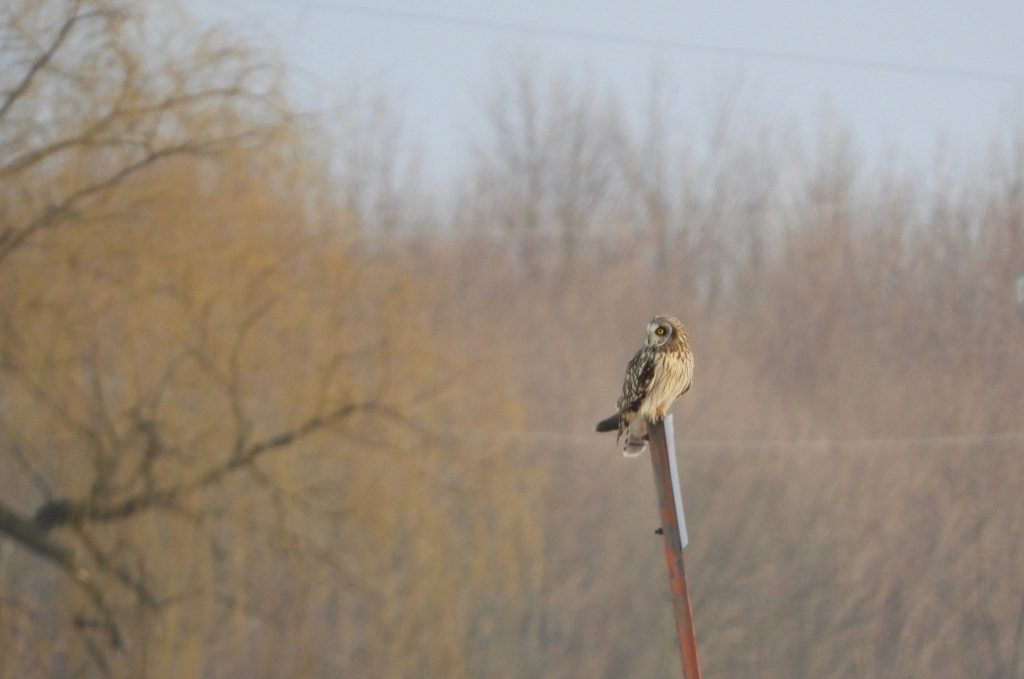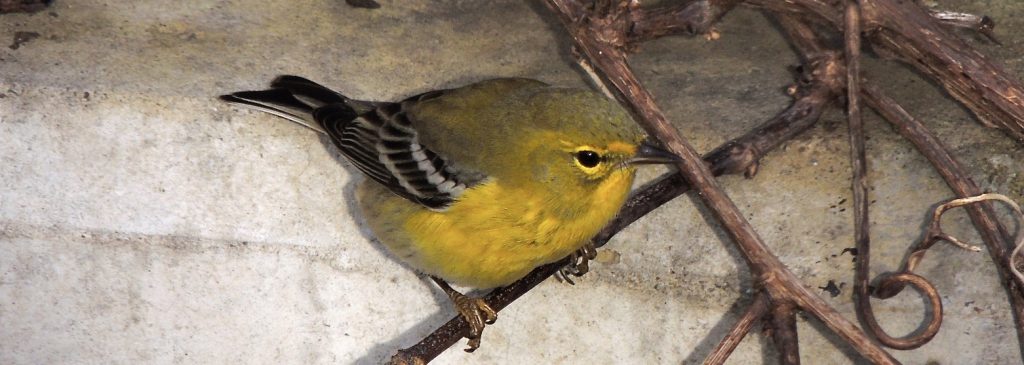
Royal Botanical Gardens. Arboretum, Hamilton. ON. April 23 2023. One of our routine bird-count routes takes us through a quiet grove of White Pines on the edge of an upland forest. Although major roads and rail lines are close it can feel very far from urbanisation here. This is anything but a piece of virgin woodland though, a century or so ago it was horribly defaced; goodness knows how the first settlers used the land, but within living memory its marl topsoil was peeled off and sold as a soil conditioner. Today the scars of that industrial-scale abuse are hidden and a forest has returned. It would be nice to believe that today’s grove of White Pines was planted as some sort of apology for the damage done, although I suspect a future timber crop was the more likely motive. All of that preamble is just to set the stage for saying that it’s a good place to hear and sometimes see Pine Warblers.
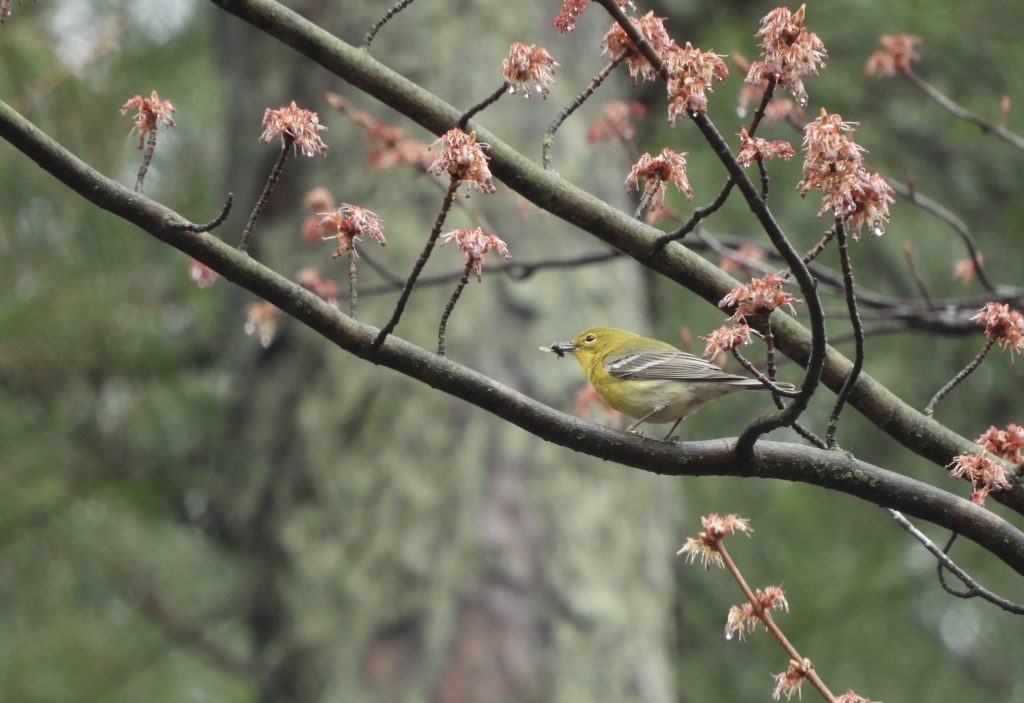
I led a group around one of our transect routes today. Some of us were birders (we don’t move very fast) but not all and it wasn’t quite the cardio workout some of had hoped for. Two low-flying Broad-winged Hawks had the birders excited and numerous Ruby-crowned Kinglets delighted everyone, except perhaps those who tried to photograph them.
The highlight of the day, as you might have guessed, came as we made our way through those White Pines. I was listening for Pine Warblers and it wasn’t long before we could hear one, then maybe two. Pine Warblers are birds of the treetops, not the flashiest spring warbler, but if one should venture down it can be quite easy to pick out against the deep green of the White Pines. What they arguably lack in drama they make up for by being welcome early returnees, and they sing a distinctive gentle trill, the song I was listening for and that’s what made them My Birds of the Day.
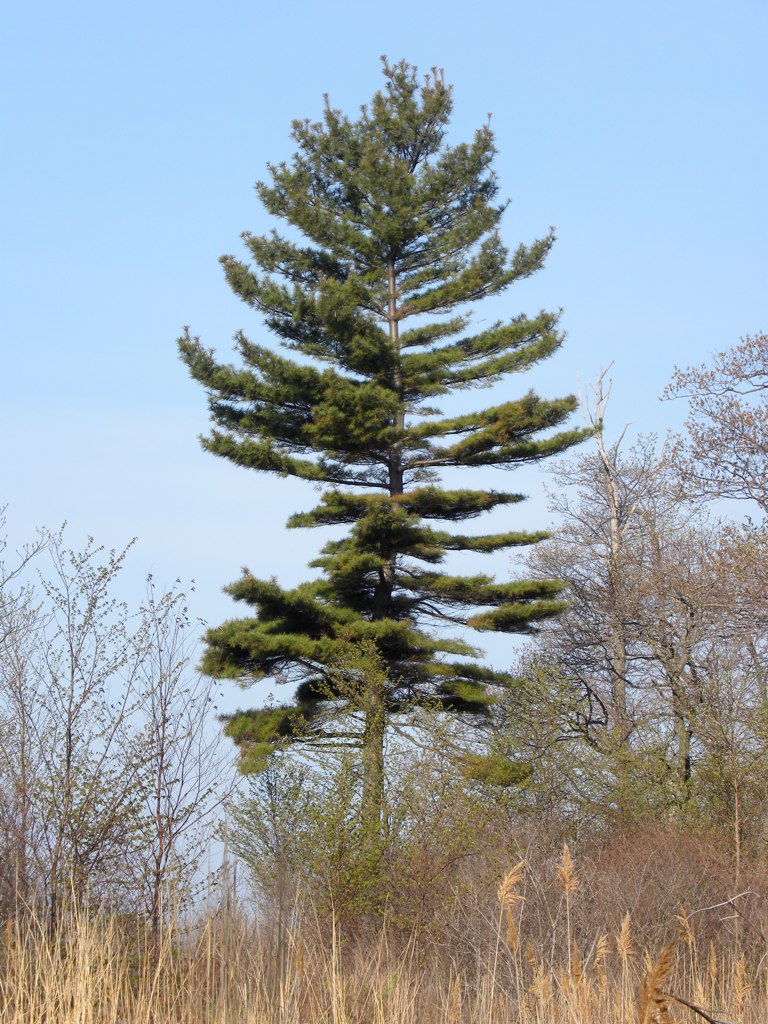
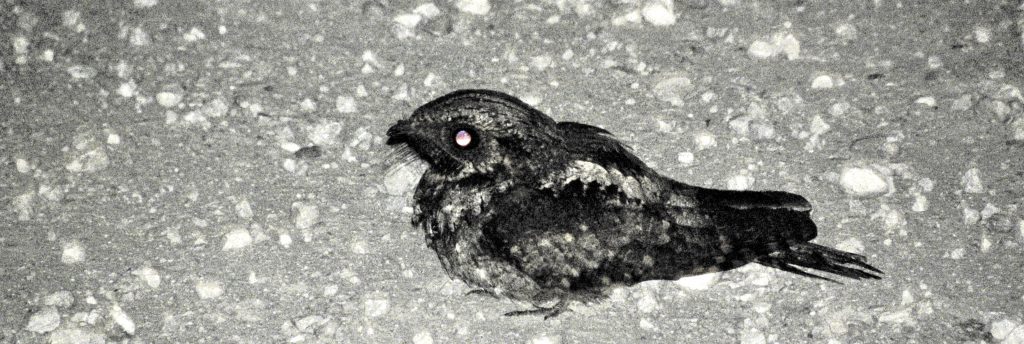
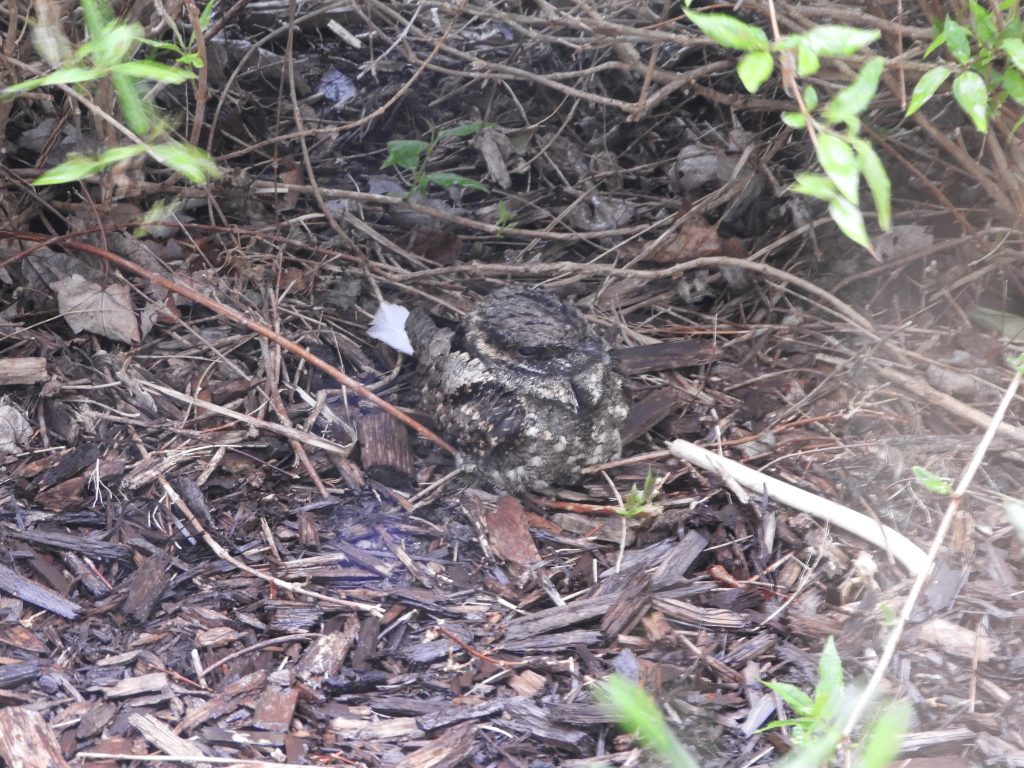
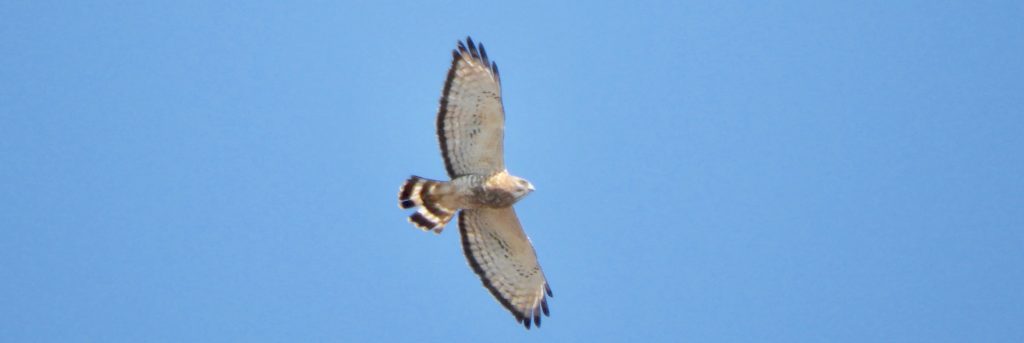
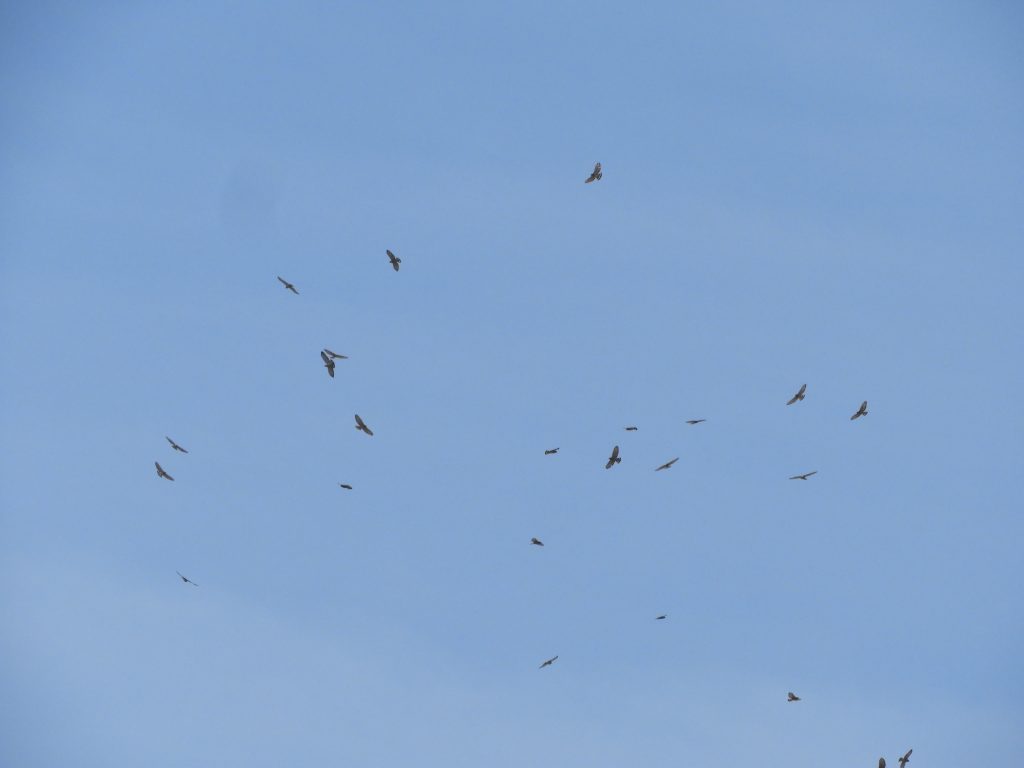
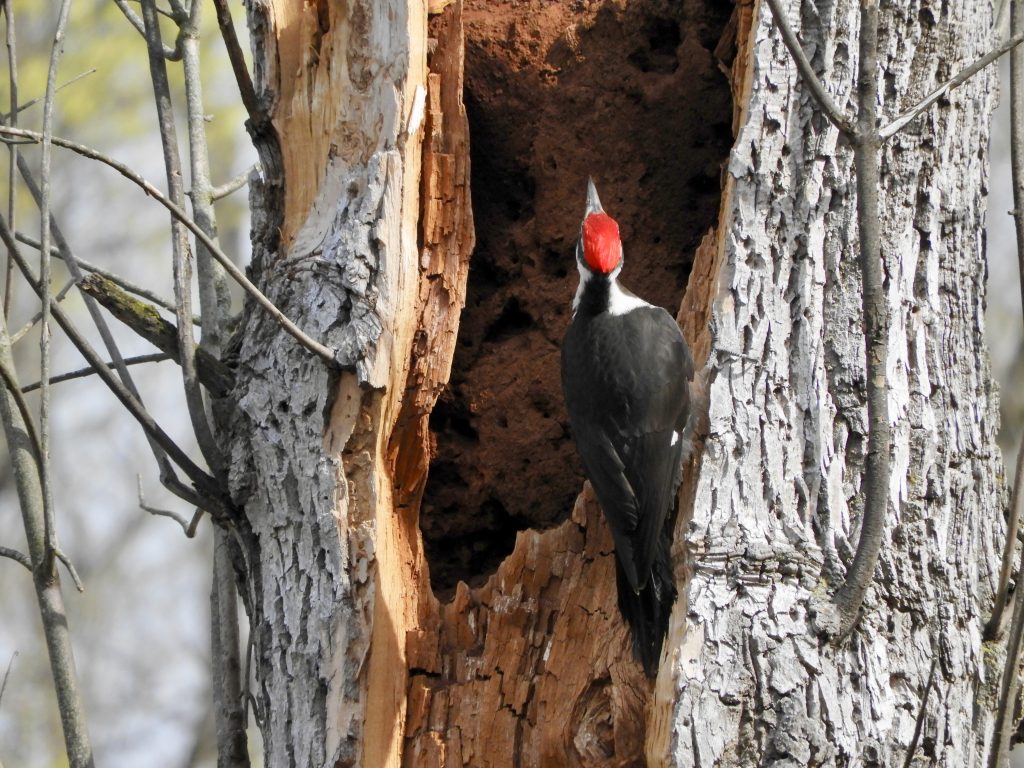
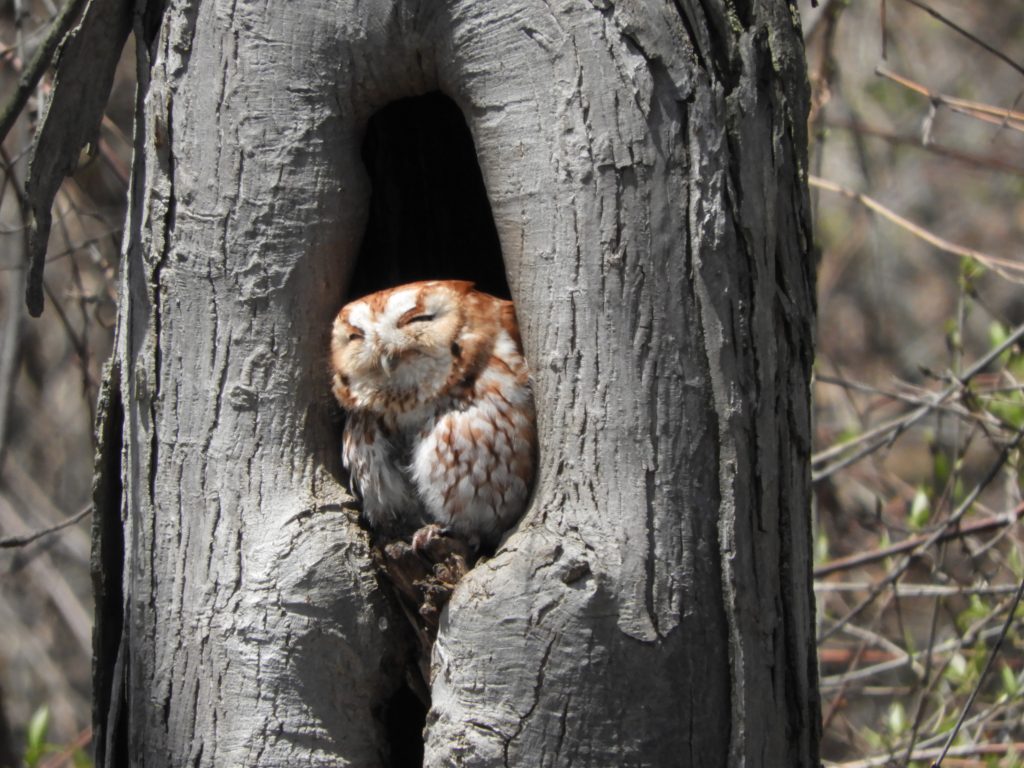
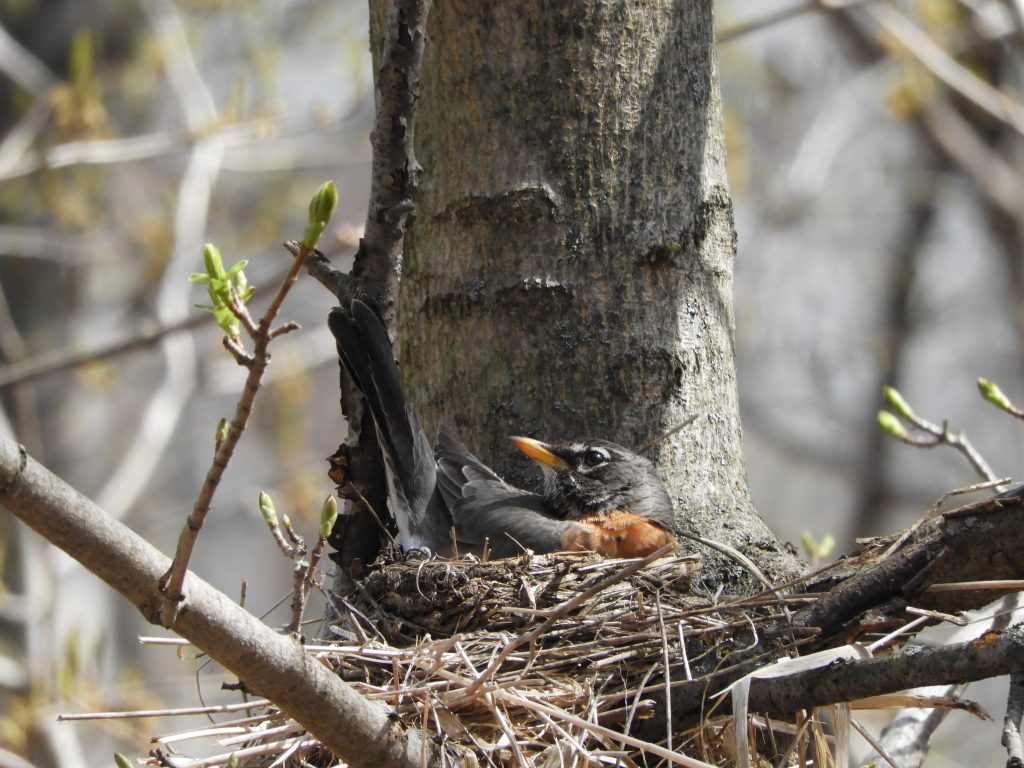
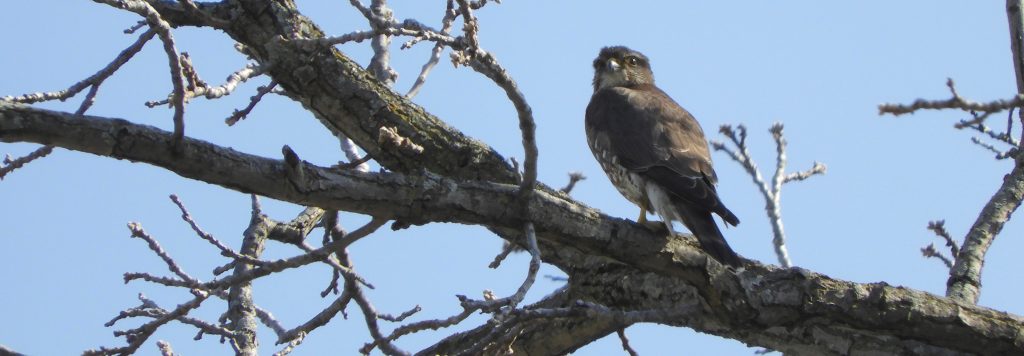
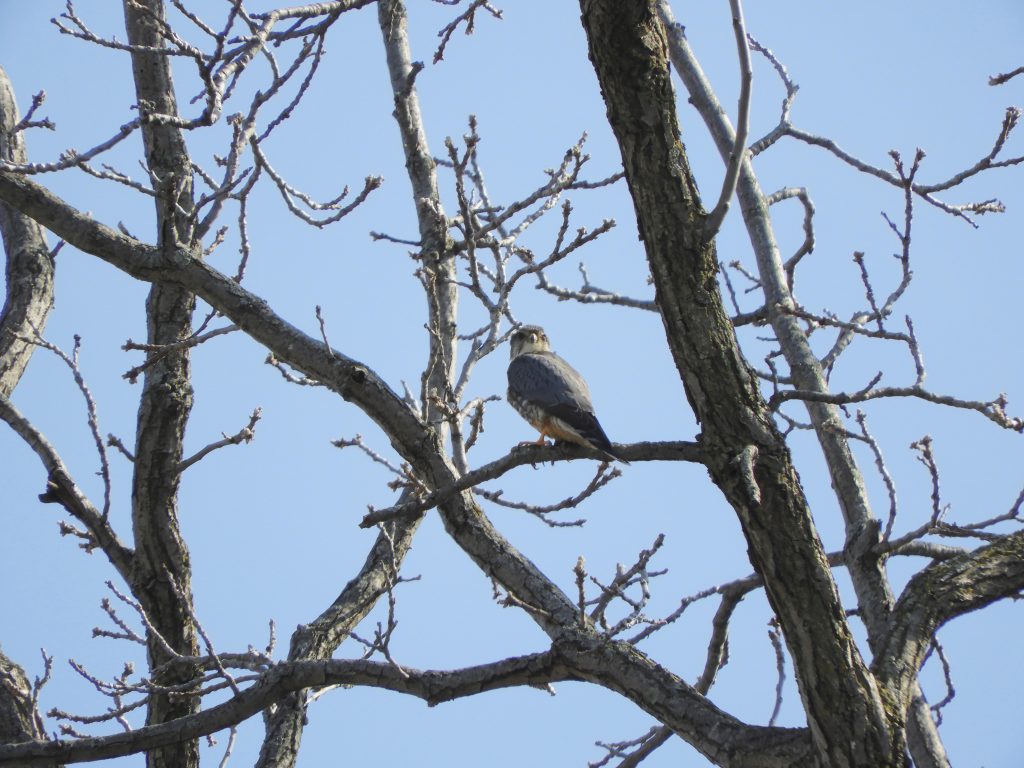
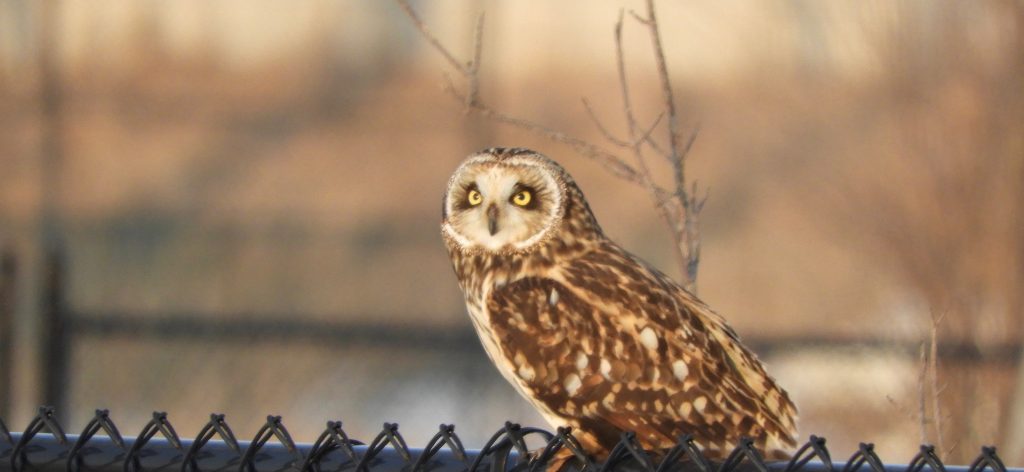 Haldimand County. ON. March 5 2023. I backed into an intriguing afternoon of birding when my household unexpectedly became a Covid-positive place. I headed for the great outdoors, it seemed to be the better choice (Social distancing, remember?) and decided to revisit fields where I’d watched
Haldimand County. ON. March 5 2023. I backed into an intriguing afternoon of birding when my household unexpectedly became a Covid-positive place. I headed for the great outdoors, it seemed to be the better choice (Social distancing, remember?) and decided to revisit fields where I’d watched 